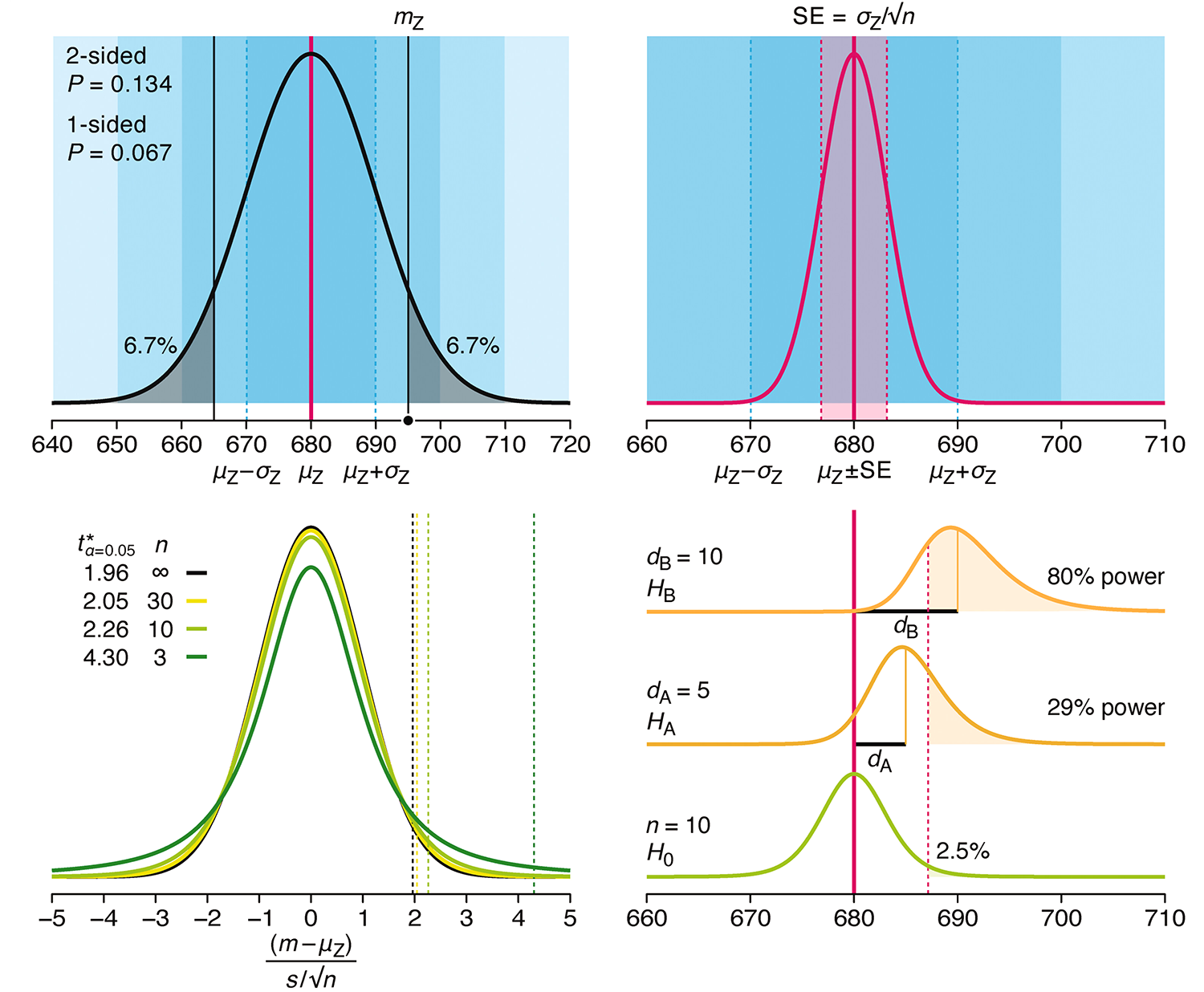Obesity — a Data Story
Rescuing nuanced pattterns from the clutches of a bad graphic
“This figure may give you a migrane”
Sometimes, I get emails that look like this
Sent: Monday, July 29, 2019 at 07:59 From: Jasleen Grewal Subject: This figure may give you a migrane As you can see, 100% of the graphs are ineffective.

Here, I wanted to take you through my reaction to the figure, which was quick, and the redesign, which wasn't quick.
text labels — it's a hard life
I'm always on the lookout for abused text. So here I cried. A lot.

strangely structured legend
Do we really need a footnote inside the legend? The globe? The hyphenated "Body-Mass-Index". By this point, I really could feel that migrane.

here's the graphic — now what?
What question's does this figure answer? Here's my list, with answers.
1. How many countries are there in the world? A lot.
2. What is the range of BMI ≥ 25 prevalence? 18—89.
3. Who has the lowest and highest prevalence? Vietnam and Nauru.
4. What is the median prevalence? Probably 55 and answering this is only made easy by the fact that the book's spine splits the plot into largely two equal halves
5. What is the prevalence where I live (e.g. Canada)? I gave up trying to find "Kanada".
Essentially, the two-page figure of ring charts is equivalent to the summary

critique by redesign
It's obvious what's wrong with the figure. How do you fix it?
Using the list of countries by body mass index, I created a poster that tells interesting stories about how high BMI and obesity vary across countries and genders.
I describe the design and stories in the poster in the design section.

Propensity score weighting
The needs of the many outweigh the needs of the few. —Mr. Spock (Star Trek II)
This month, we explore a related and powerful technique to address bias: propensity score weighting (PSW), which applies weights to each subject instead of matching (or discarding) them.

Kurz, C.F., Krzywinski, M. & Altman, N. (2025) Points of significance: Propensity score weighting. Nat. Methods 22:1–3.
Happy 2025 π Day—
TTCAGT: a sequence of digits
Celebrate π Day (March 14th) and sequence digits like its 1999. Let's call some peaks.

Crafting 10 Years of Statistics Explanations: Points of Significance
I don’t have good luck in the match points. —Rafael Nadal, Spanish tennis player
Points of Significance is an ongoing series of short articles about statistics in Nature Methods that started in 2013. Its aim is to provide clear explanations of essential concepts in statistics for a nonspecialist audience. The articles favor heuristic explanations and make extensive use of simulated examples and graphical explanations, while maintaining mathematical rigor.
Topics range from basic, but often misunderstood, such as uncertainty and P-values, to relatively advanced, but often neglected, such as the error-in-variables problem and the curse of dimensionality. More recent articles have focused on timely topics such as modeling of epidemics, machine learning, and neural networks.
In this article, we discuss the evolution of topics and details behind some of the story arcs, our approach to crafting statistical explanations and narratives, and our use of figures and numerical simulations as props for building understanding.

Altman, N. & Krzywinski, M. (2025) Crafting 10 Years of Statistics Explanations: Points of Significance. Annual Review of Statistics and Its Application 12:69–87.
Propensity score matching
I don’t have good luck in the match points. —Rafael Nadal, Spanish tennis player
In many experimental designs, we need to keep in mind the possibility of confounding variables, which may give rise to bias in the estimate of the treatment effect.

If the control and experimental groups aren't matched (or, roughly, similar enough), this bias can arise.
Sometimes this can be dealt with by randomizing, which on average can balance this effect out. When randomization is not possible, propensity score matching is an excellent strategy to match control and experimental groups.
Kurz, C.F., Krzywinski, M. & Altman, N. (2024) Points of significance: Propensity score matching. Nat. Methods 21:1770–1772.
Understanding p-values and significance
P-values combined with estimates of effect size are used to assess the importance of experimental results. However, their interpretation can be invalidated by selection bias when testing multiple hypotheses, fitting multiple models or even informally selecting results that seem interesting after observing the data.
We offer an introduction to principled uses of p-values (targeted at the non-specialist) and identify questionable practices to be avoided.

Altman, N. & Krzywinski, M. (2024) Understanding p-values and significance. Laboratory Animals 58:443–446.

